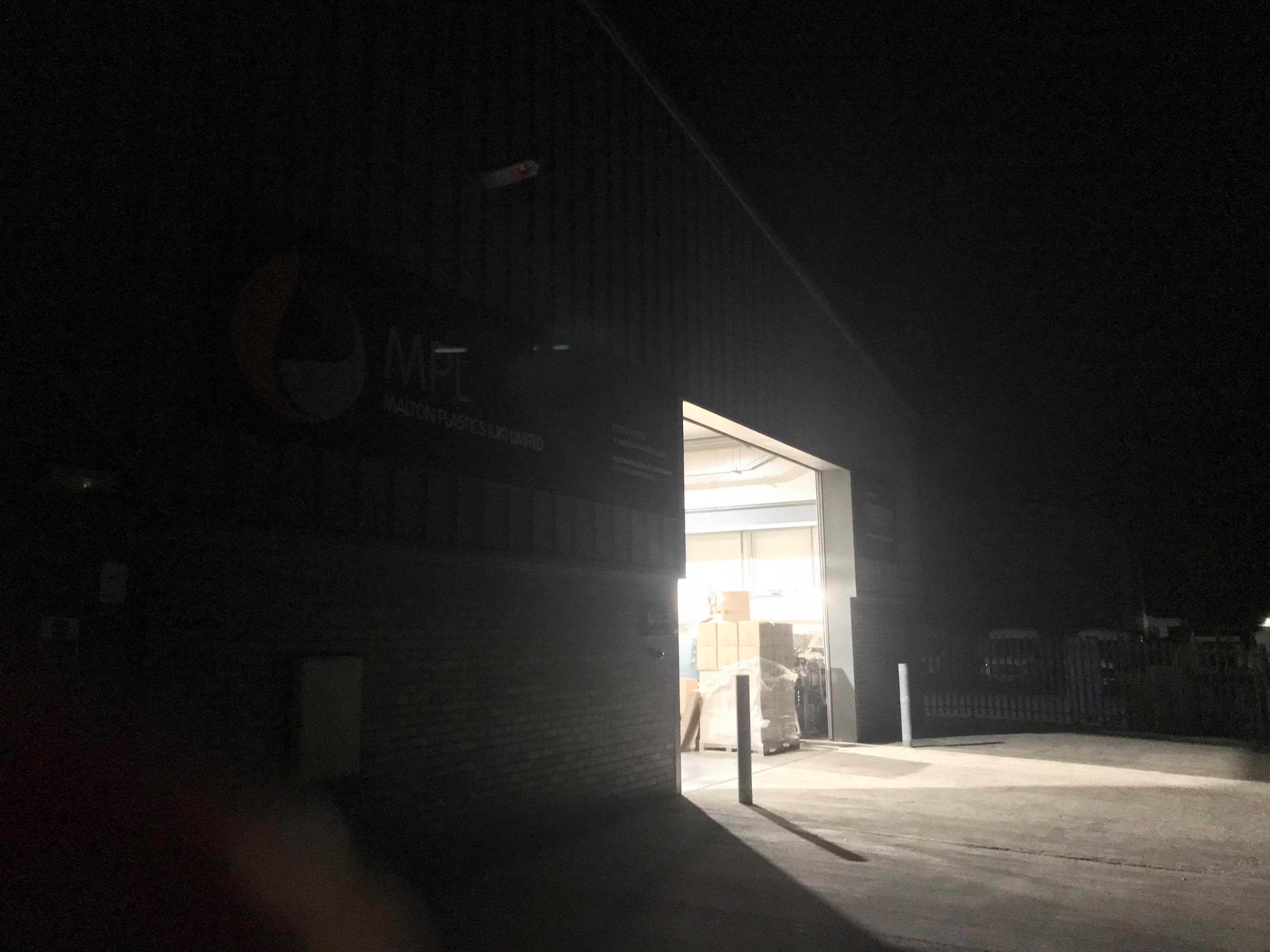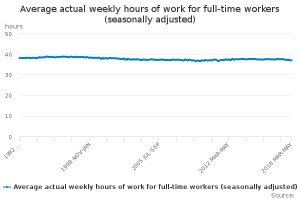
07 Aug The Importance of the Night Shift for Injection Moulders
The night shift, dreaded by some, loved by others. Nearly all injection moulders at some point will have embraced the night shift as orders come in thick and fast. Here at MPL we always look to accommodate customer orders when and where we can. Typically, we can forecast orders and stock appropriately to meet customer demand. However, a surge in orders and enquiries over the summer has forced us into running late shifts. And after another surge we have decided to run night shifts.
Positives
So what are the positives to the night shift? Firstly, you’re manufacturing output is almost three times greater than the average work day. With most people working on average around 38 to 37 hours a week (ONS, 2018).
Our standard opening hours equate to a 40 hour work week, 8 a hours a day on average, meaning 24/7 Monday to Friday increases our output three fold.
Furthermore at MPL night shift workers receive more pay and work less shifts, 4 nights rather than 5 days. This means individuals have more time over the weekend to do what they want to do.
Negatives
However, a study from the University of Surrey found that the night shift can have severe implications on an individuals ability to perform effectively and also their health:
⦁ Increased accidents
⦁ Errors (36% higher incidence of seriously improper medical decisions were made by interns working a traditional shift compared to a intervention that excluded extended shifts)
⦁ Obesity
⦁ Metabolic syndrome (decreased HDL cholesterol, elevated triglycerides)
⦁ Glucose intolerance/diabetes
The study also found that on the contrary to what most people think, that night shift workers do not adapt their Circadian Rhythm to their work day. The Circadian Rhythm is the bodies natural rhythm and it unfluences a person’s ability to sleep. (Arendt cited in Villnave, 2012).
Other studies also note the negative effects the night shift can have both on an individuals performance and health. Sometimes though with urgent orders, shift work can be almost unavoidable, and what we and other companies do and should look to do is reduce the negative effects as much as possible. For example, shift work isn’t something we do on a regular basis and we avoid it when we can. But when we need to do it, employees are given extended breaks, paid more and work 4 nights rather than 5 days. Furthermore, the work we tend to run over night is either simple or autonomous, reducing the risk of error.
Summary
From a personal note having worked the night shift myself, it is much preferable to be working overnight when it is cold, rather than the hot summers day we are currently experiencing. Also, only working 4 nights gave myself and others a longer weekend, which to me balances out the social aspect of the job as you may miss evenings mid week but you gain an extra day to your weekend to go out with friends and family. The perceived positives of the night shift have more of a benefit to the company and/or organisation. This is because it is beneficial to meet customer demands on time, retaining and improving the B2B relationship. The negatives of the night shift revolve around the individual worker and the negative effects that working overnight have on performance and health. Ultimately, as a company we need to find a balance between our customer relationships and employee health and satisfaction. This is because companies need healthy and satisfied employees to complete tasks effectively to meet customer demands and maintain relationships.
References
- ONS (2018) https://www.ons.gov.uk/employmentandlabourmarket/peopleinwork/earningsandworkinghours/timeseries/ybuy/lms
- Villnave, T. (2012) https://ergoweb.com/study-night-shift-impacts-on-productivity-and-health/


